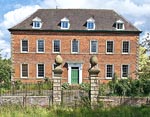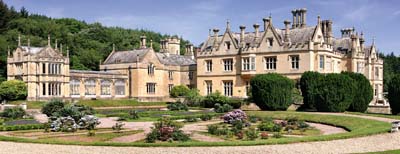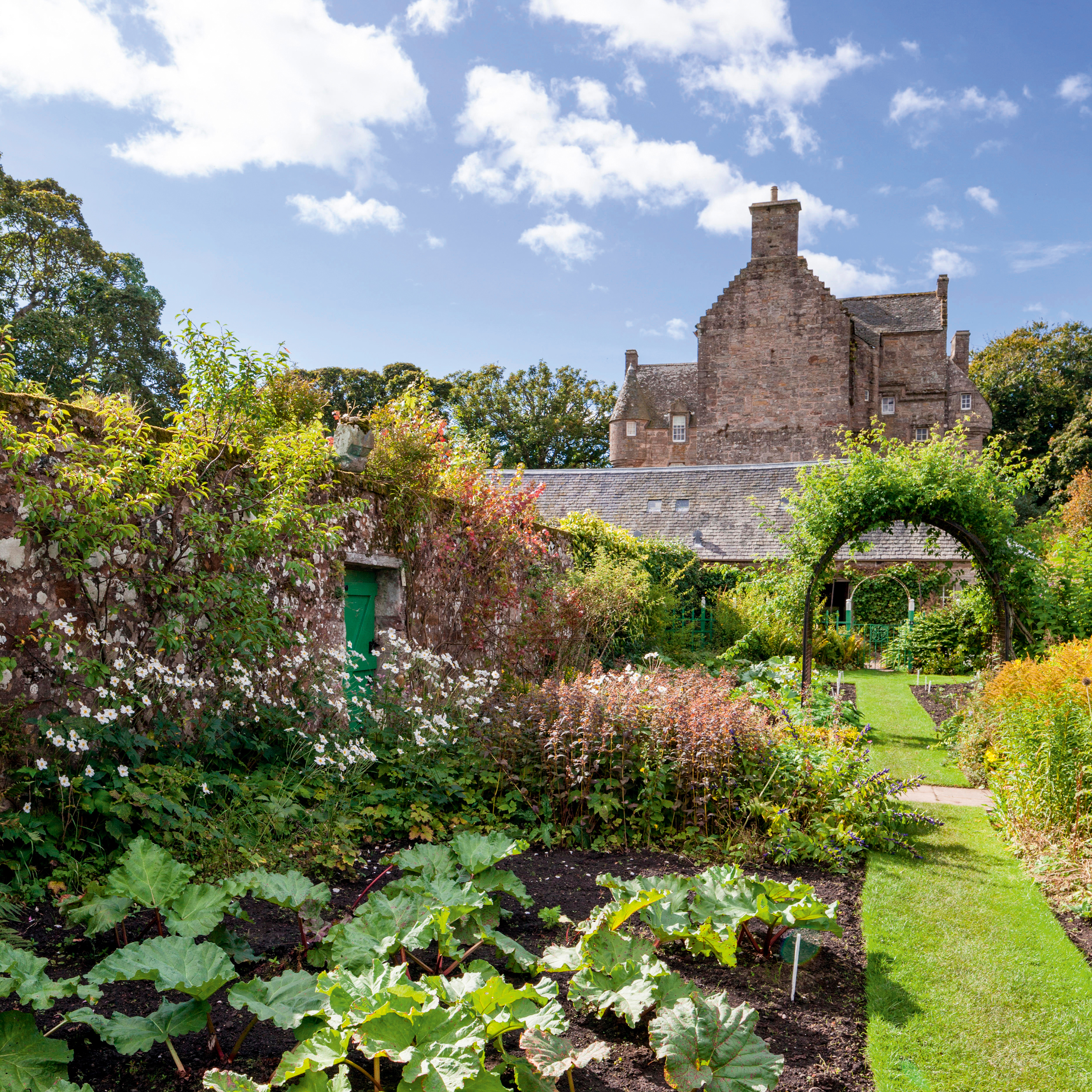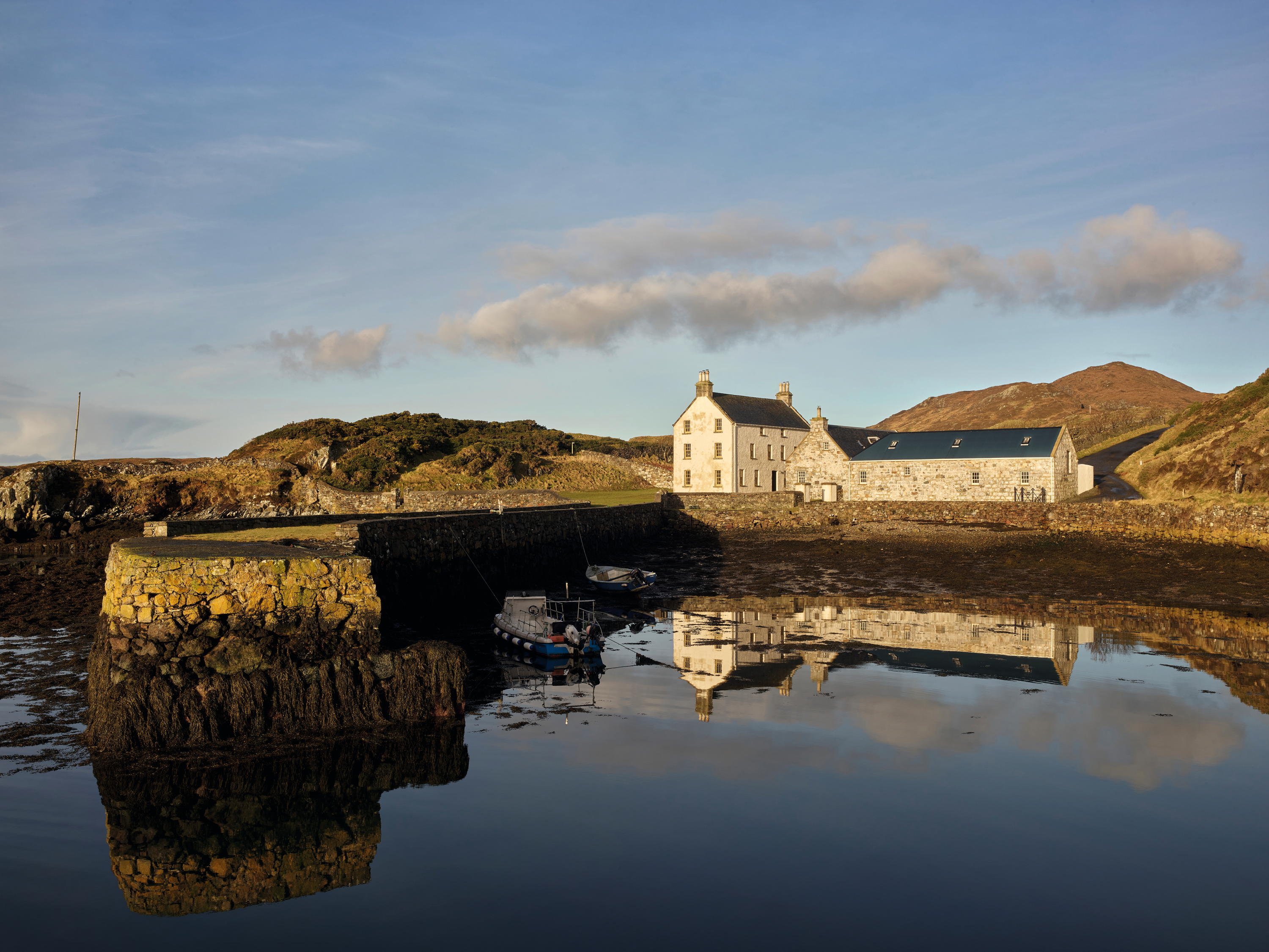2012 property market predictions
Penny Churchill predicts a challenging year for the property market in 2012, with agents looking on the bright side


As Michael Fiddes of Strutt & Parker remarked at the start of the financial crisis (Country Life, December 13, 2007): ‘People tend to forget that whenever a "crisis" occurs in the financial sector, it's never one-way traffic-there's always someone making money out of it.' In 2011, the main beneficiaries of the flood of cash flowing into central London from long-term investors from Russia, China, the Middle East, India and Eurozone countries such as Greece and Italy were vendors and developers of high-value houses in Mayfair, Belgravia, Kensington and Chelsea, and exclusive north Surrey estates such as St George's Hill.
‘There's lots of money out there,' says Edward Sugden of buying agents Property Vision. The tricky bit, of course, is getting its hard-nosed owners to part with it. Nevertheless, he expects to see ‘a natural momentum' building at the upper end of the UK estates and country-house market in 2012, as the ‘London effect' filters slowly out beyond the inner Home Counties to Oxfordshire, Gloucestershire, Hampshire, west Berkshire and Wiltshire. Last year, what market there was in these areas was dominated by traditional ‘prep-school buyers' in the £1 million-£3 million price range, with little activity in the £3m-£10m price bracket.
That trend is likely to continue this year, but Mr Sugden anticipates that the presence of ‘a handful' of prospective estate buyers who are currently lurking in the shadows will lead to some high-level springtime sales of the few available trophy houses and estates, such as Mamhead House (pictured), near Teignmouth, Devon, or the scenic Town Head estate on Lake Windermere, Cumbria. It will again be a game of cat and mouse between buyers and sellers, with a select band of serious buyers progress-ively reducing offers in the hope that anxious sellers will be spooked into offering ever-more tempting price reductions.

But the international market isn't confined to state-of-the-art mansions on bite-size, two-acre plots within secure gated developments. A few weeks ago, Savills confirmed the sale, to an international buyer, of Dunluce at Longcross, near Chobham-Darren Clarke's palatial, Lutyens-style mansion with extensive equestrian facilities and 13 acres of gardens and grounds-at a guide price of £5.36m. And back in July, Tim Page-Ratcliff of Strutt & Parker in Lewes arranged the sale of picturesque Eatons Farm at Ashurst, near Steyning, West Sussex, with 183 acres of land on the banks of the River Adur, to an Australian buyer for more than its £4.8m guide price.
The biggest problem facing the market in the South-East in 2012, Mr Page-Ratcliff believes, will be a shortage of stock, largely due to the perception by would-be sellers that the news is so bad, and the market so dire, that there's no point in trying to sell a country house. That is simply not true, he insists. What is crucial, however, is to launch the property on the market at a realistic guide price. ‘Any country house that stays on the market for four or five weeks without going under offer is over-priced, and the longer it stays on the market at the original price, the less likely you are to achieve the price you want,' he warns.
Responding to a Country Life survey (September 15, 2010), Guildford-based John Denney of Hamptons International named Hascombe Court at Godalming, Surrey-an Arts-and-Crafts masterpiece built in 1906/7 by J. D. Coleridge-as the house he always wanted to own. Although Mr Denney never did own Hascombe Court, he probably achieved the next best thing when he found a buyer for the secluded, 172-acre estate for about £20m.
A number of local factors should help to boost the appeal of specific areas in 2012. Jackson-Stops & Staff expect recent improvements to the road infrastructure around Weymouth, the venue for the Olympic sailing events, to encourage investment in this part of the beautiful Dorset coast. And Tim Dansie in Ipswich is confident that ‘spikes' in short-term rentals within reach of the main Olympic stadia in east London will increase long-term interest in the mainstream country-house market in commutable areas of Essex and East Anglia.
Sign up for the Country Life Newsletter
Exquisite houses, the beauty of Nature, and how to get the most from your life, straight to your inbox.
The opening of the A3 tunnel at Hindhead last July is expected to have implications beyond the easing of traffic congestion in Surrey. According to Rupert Coles of buying agents Prime Purchase: ‘Improved journey times on the A3 have opened up the villages around the "golden diamond" of Midhurst, Petworth, Haslemere and Chichester, where there is now safety from over-development since the South Downs was designated a national park.' And, emerging from the gloom and doom hanging over the Square Mile, the expansion of specialist financial institutions into the provinces is already bolstering the housing market around Guildford, where hedge-funder Smith & Williamson recently opened an office, and also in Edinburgh, where asset manager BlackRock has expanded its operations with the creation of 250 new jobs.
Over in west Kent, potential purchasers have finally cottoned on to the real advantages offered by the high-speed rail link between Ashford and London. David Kincaid of Jackson-Stops & Staff in Canterbury saw a surge of activity among City-based buyers in the final weeks of 2011, including the sale, within weeks of its launch in late October at a guide price of £1.975m, of Grade II-listed Saltwood House, near Hythe, a classic, eight-bedroom, Georgian former rectory in a tranquil village setting, 13 miles from Ashford International.
In 2012, as in 2011, the best of the market in the south of England is again likely to be in the £1m to £2m price bracket, with some high-value country properties also finding buyers, albeit at prices as much as 15%-20% below their current asking price. The key to a livelier market will be a willingness by vendors to bridge the gap between their own expectations and those of potential purchasers, says Philip Blanchard of Jackson-Stops & Staff in Winchester. He saw several high-value deals slip through his fingers last year because vendors at first rejected offers considered to be unacceptably low, only to find their buyer was long gone by the time they were prepared to compromise.
There's nothing like aday's fishing to relieve the stress of City life, which will almost certainly get tougher before it gets better. Hampshire offers some of the best trout fishing in England, and mill houses on rivers such as the Test or the Itchen are much sought after. Dreamy, 18th-century Lockerley Mill on the River Dun, a tributary of the Test, looks keenly priced at £995,000 through Jackson-Stops & Staff (01962 844299). Set in exquisite waterside gardens in the heart of the countryside six miles from Romsey, the converted four-bedroom mill house, listed Grade II, has a rich mix of single- and double-bank fishing.
A northern view from Toby Milbank of Strutt & Parker in Harrogate highlights the unpredictability of the country-house market in North Yorkshire, Durham and Northumberland, where foreign buyers have little influence. A measure of this volatility in 2011, says Mr Milbank, was that some houses valued at more than £1m languished on the market for months, and only sold after substantial price reductions; others sold before ever making it to the open market at hugely inflated prices.
‘The north-south divide has definitely opened up again, but I expect buyers from outside the region, or from London, to return to the market soon in search of a better lifestyle for their family and more value for money. I should know, as I made that move 18 months ago and have no regrets.' As long as economic turmoil prevails in the global and UK financial markets, Ian Hepburn of Hampshire-based Private Property Search expects serious investors to continue viewing farmland as one of the safest blue-chip investments. But such buyers will continue to be opposed by large commercial farmers who still see a future for UK farming in the next 5-10 years.
Clive Hopkins of Knight Frank's farms and estates department, concurs: ‘Come 2012, we expect to see a livelier farmland market as investors, nervous of equity markets and the residential and commercial property sector, begin to get a clearer view of where the economy is heading, and cereal prices remain strong enough to encourage arable businesses to expand. Growth of 10% in farmland prices appears realistic in both 2012 and 2013.'
Meanwhile, it's farmland business as usual at Knight Frank (020-7629 8171) and Strutt & Parker (020-7629 7282), who are joint agents in the sale of the 640-acre Birch Farm at Button Bridge, near Bewdley, Worcestershire, at a guide price of £6m. Set in glorious countryside on the Worcestershire/Shropshire borders, Birch Farm is a splendid mixed arable and grassland holding, with a variety of spinneys and copses, and a classic, seven-bedroom, William and Mary farmhouse in need of renovation, which will broaden its appeal to investors, farmers, sportsmen and lifestyle farmers alike.
Country Life is unlike any other magazine: the only glossy weekly on the newsstand and the only magazine that has been guest-edited by HRH The King not once, but twice. It is a celebration of modern rural life and all its diverse joys and pleasures — that was first published in Queen Victoria's Diamond Jubilee year. Our eclectic mixture of witty and informative content — from the most up-to-date property news and commentary and a coveted glimpse inside some of the UK's best houses and gardens, to gardening, the arts and interior design, written by experts in their field — still cannot be found in print or online, anywhere else.
-
 Alan Titchmarsh: 'It’s all too easy to become swamped by the ‘to-do’ list, but give yourself a little time to savour the moment'
Alan Titchmarsh: 'It’s all too easy to become swamped by the ‘to-do’ list, but give yourself a little time to savour the moment'Easter is a turning point in the calendar, says Alan Titchmarsh, a 'clarion call' to 'get out there and sow and plant'.
By Alan Titchmarsh Published
-
 Rodel House: The Georgian marvel in the heart of the Outer Hebrides
Rodel House: The Georgian marvel in the heart of the Outer HebridesAn improving landlord in the Outer Hebrides created a remote Georgian house that has just undergone a stylish, but unpretentious remodelling, as Mary Miers reports. Photographs by Paul Highnam for Country Life.
By Mary Miers Published
